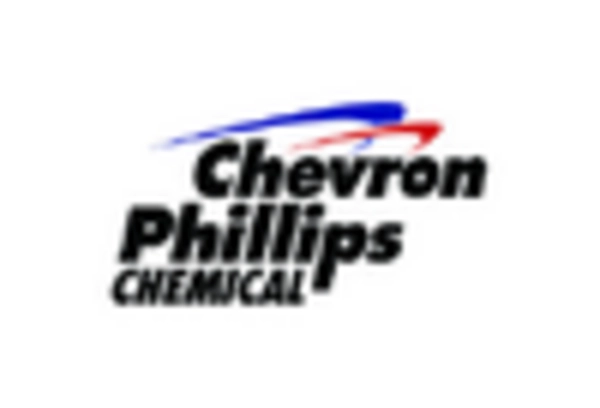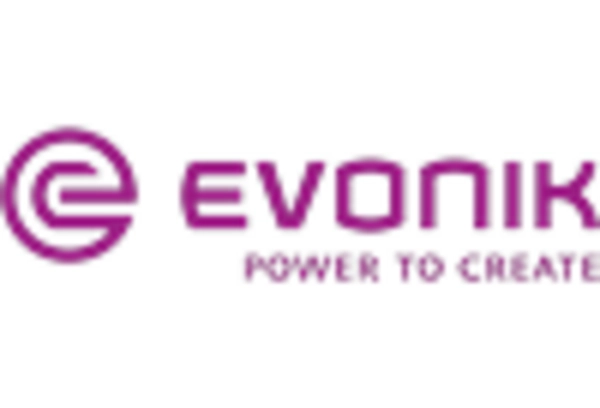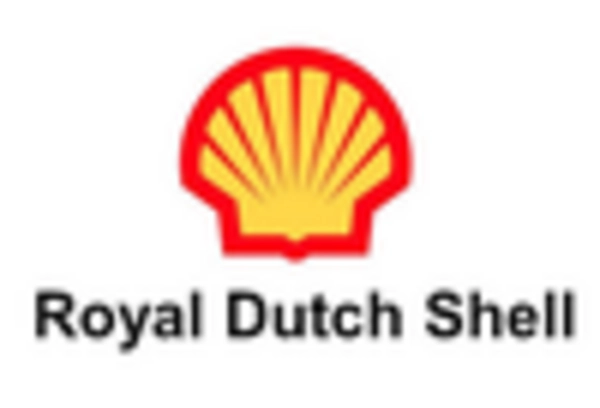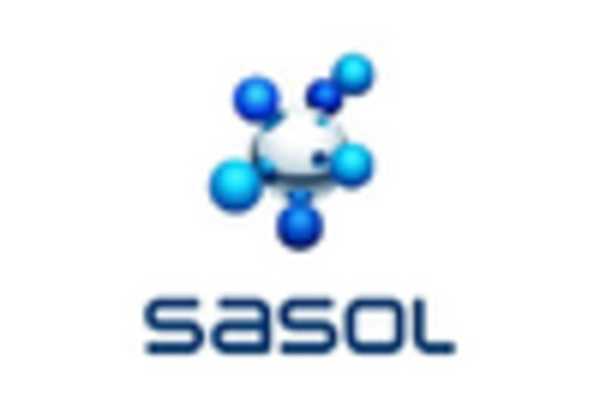Regulatory Support
Regulatory frameworks promoting the use of synthetic waxes, including Fischer Tropsch wax, are likely to influence the Fischer Tropsch Wax Market positively. Governments are increasingly implementing policies that encourage the adoption of sustainable materials in manufacturing processes. These regulations may provide incentives for companies to transition towards Fischer Tropsch wax, which is often viewed as a more environmentally friendly alternative to traditional waxes. As regulatory support strengthens, it could lead to increased investments in Fischer Tropsch wax production, thereby enhancing market growth and stability in the coming years.
Technological Innovations
Technological advancements in the production processes of Fischer Tropsch wax are likely to bolster the Fischer Tropsch Wax Market. Innovations such as improved catalytic processes and enhanced reactor designs have the potential to increase efficiency and reduce production costs. In recent years, the introduction of advanced synthesis techniques has enabled manufacturers to produce high-quality waxes with tailored properties. This evolution in technology not only enhances product performance but also expands the application range of Fischer Tropsch wax in industries like automotive and electronics. As these technologies continue to evolve, they may significantly influence market dynamics and competitive positioning.
Sustainability Initiatives
The increasing emphasis on sustainability within various industries appears to be a pivotal driver for the Fischer Tropsch Wax Market. As companies strive to reduce their carbon footprints, the demand for eco-friendly products has surged. Fischer Tropsch wax, derived from renewable resources, aligns with these sustainability goals. In 2025, the market is projected to witness a growth rate of approximately 5% annually, driven by the rising preference for sustainable alternatives in sectors such as cosmetics, packaging, and coatings. This trend indicates a shift towards greener production methods, which could potentially enhance the market's appeal to environmentally conscious consumers and businesses alike.
Diverse Application Spectrum
The versatility of Fischer Tropsch wax is a notable driver for the Fischer Tropsch Wax Market. Its applications span across various sectors, including adhesives, coatings, and personal care products. The wax's unique properties, such as high melting points and excellent gloss, make it suitable for a wide array of formulations. In 2025, the demand for Fischer Tropsch wax in the coatings industry is expected to account for a substantial share, driven by the increasing need for high-performance coatings in construction and automotive sectors. This diverse application spectrum suggests a robust market potential, as manufacturers seek to leverage the wax's properties to meet specific industry requirements.
Rising Demand in Emerging Markets
The Fischer Tropsch Wax Market is experiencing a notable uptick in demand from emerging markets. As these regions undergo rapid industrialization and urbanization, the need for high-quality wax products is escalating. Industries such as packaging, automotive, and personal care are expanding in these markets, driving the consumption of Fischer Tropsch wax. In 2025, it is anticipated that emerging economies will contribute significantly to the overall market growth, potentially accounting for over 30% of the total demand. This trend indicates a shift in market dynamics, as manufacturers may increasingly focus on these regions to capitalize on the burgeoning demand.


















Leave a Comment